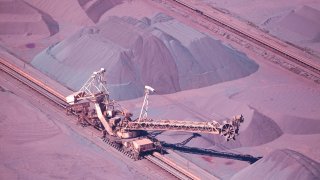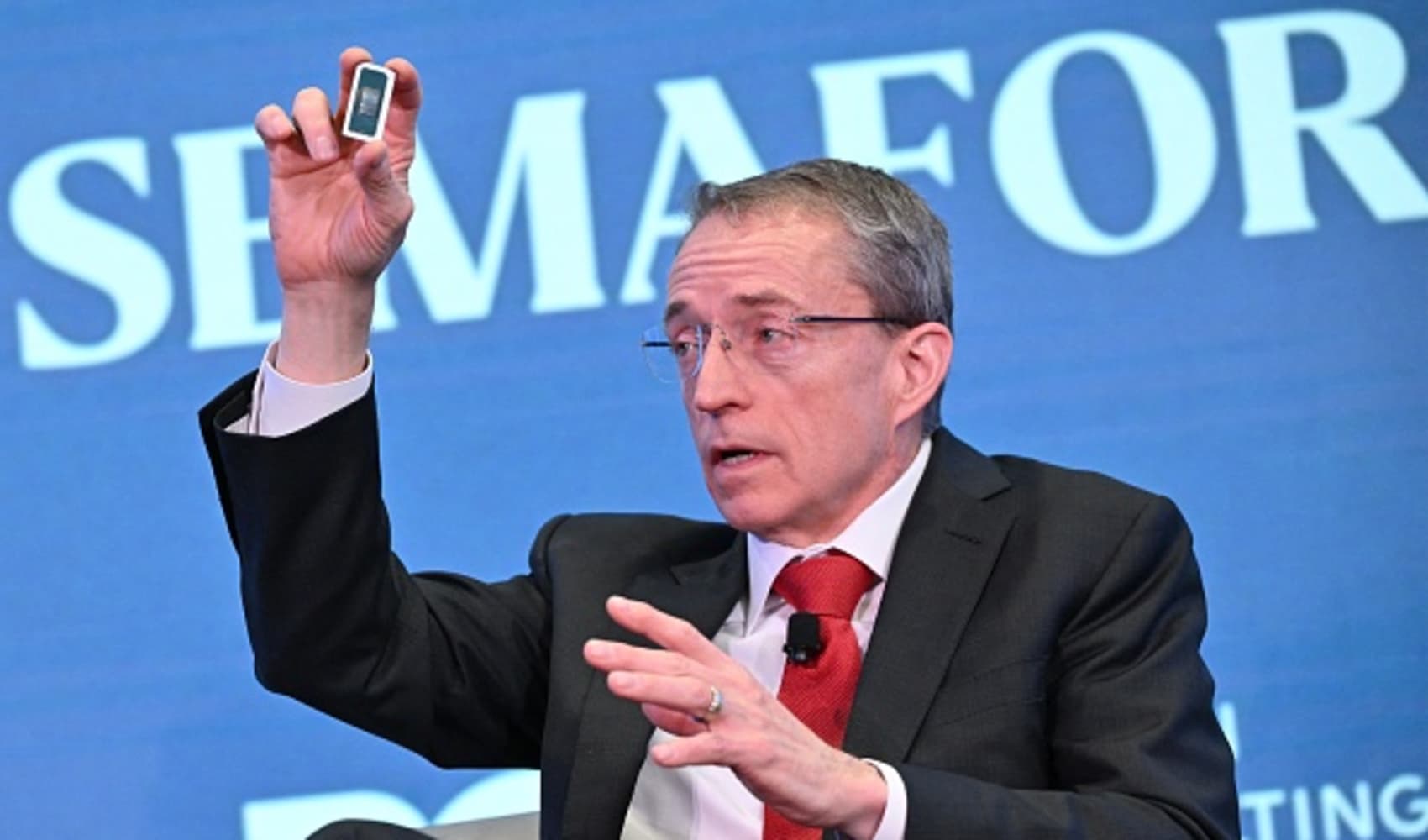
- Simandou's significance lies in its ability to provide major iron ore consumers such as China with an alternative to top supply sources like Australia and Brazil.
- Two consortiums say they will seek financing to construct more than 600 kilometers of rail infrastructure extending from the south to the southwest of Guinea as well as port infrastructure in the Forecariah prefecture in Maritime Guinea.
- When fully operational, Simandou would be able to export up to 100 million tonnes of iron ore a year, rivaling the production volumes of Australian heavyweights such as Fortescue Metals and Brazilian mega-miner Vale.
The development of one of the largest untapped high-grade iron ore deposits in the world in Guinea, Simandou, has moved a step forward after miners struck a deal to develop key infrastructure at the West African location.
Simandou's significance lies in its ability to provide major iron ore consumers such as China with an alternative to top supply sources like Australia and Brazil, creating raw material diversification for Chinese and other steel mills while offering coveted higher-quality ore.
But the future Guinea mines, stretched across four blocks on two northern and southern parcels and over 100 kilometers of rough and sensitive terrain, are notoriously difficult to develop, resulting in years of delays and a production stalemate.
Get San Diego local news, weather forecasts, sports and lifestyle stories to your inbox. Sign up for NBC San Diego newsletters.
But on Wednesday, the two consortium owners of the four blocks, Winning Consortium Simandou and Rio Tinto Simfer, and the Guinean government, agreed to co-develop multi-user infrastructure for Simandou, a step forward in progressing mining operations.
"WCS and Rio Tinto Simfer are committed to co-develop the rail and port infrastructures in line with internationally recognised environmental, social and governance standards," a statement by the consortium owners and the Guinean government said.
"The infrastructure constitutes the backbone of the Simandou project, that presents a significant opportunity for the economic growth of the Republic of Guinea, in addition to the mining activities it will support."
Money Report
The two consortiums say they will seek financing to construct more than 600 kilometers of rail infrastructure extending from the south to the southwest of Guinea as well as port infrastructure in the Forecariah prefecture in Maritime Guinea.
The inked deal comes after several rounds of delays which saw the Guinean government again suspend activities at Simandou last month when both consortium parties failed to reach a deadline.
Winning Consortium Simandou comprises Singaporean company, Winning International Group; Chinese company, Weiqiao Aluminum; and United Mining Suppliers International.
The Simfer joint venture comprises Simfer S.A., owned by the Government of Guinea, and Simfer Jersey, which is made up of Anglo-Australian miner Rio Tinto Group and Chinese group Chalco Iron Ore Holdings.
The presence of Chinese companies in the Simandou operations point to Beijing's hope to further explore and diversify its iron ore sources, given its heavy dependence on Australian ore in particular.
China has been importing about 60% of its total from Down Under. Another 20% comes from Brazil, according to Chinese customs figures.
"China is particularly exposed to international iron ore prices given it only produces 15% to 20% of the iron ore it consumes," said Vivek Dhar, a mining and energy commodities analyst at Commonwealth Bank of Australia, in a note last week.
"Taking market power away from the likes of BHP, Rio Tinto, Vale and Fortescue is not a new idea in China."
Alongside expediting new sources of iron ore, Dhar said China is attempting to control its iron ore supply by centralizing purchases of the material rather than allowing steel mills to do so in a piecemeal fashion, although that project might be hard to coordinate.
When fully operational, Simandou would be able to export up to 100 million tonnes of iron ore a year, rivaling the production volumes of Australian heavyweights such as Fortescue and Brazilian mega-miner Vale.
Simandou's additional point of difference lies in its top quality ore, which have 65% iron content. Most of the miners in Australia and Brazil tend to export traditional 60% to 62% content ores. Higher iron ore content means better yield and profits for miners.
Simandou is expected to start production in 2025, although the project has had a checkered history of delays in the past two decades that also involved scandals such as bribery and corruption.






